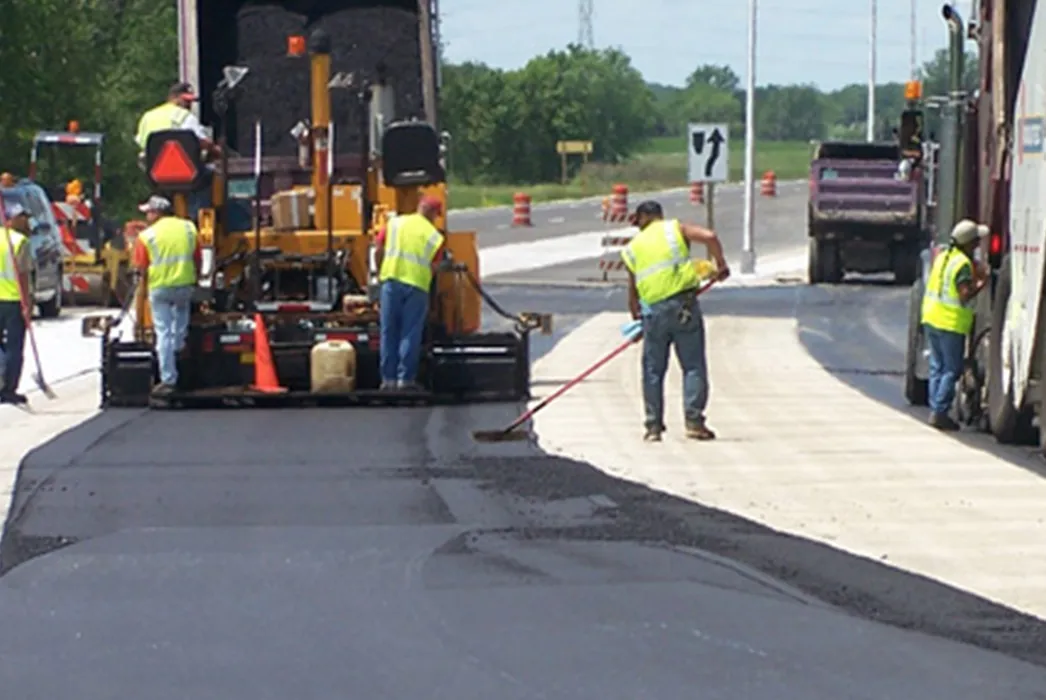Daily Progress Report (DPR) in construction
The results of the planning and design process of a project are the Daily Progress Reports (DPRs). With the help of Livefield app, it is easy to make a DPR report.
When thinking about the installation or replacement of a driveway, asphalt is a highly probable option to be taken into account. When installed correctly, an asphalt driveway can exhibit performance characteristics similar to those of concrete, while remaining more cost-effective. Asphalt necessitates periodic sealing for adequate maintenance, whereas concrete is essentially free of maintenance requirements.
There are five main kinds of asphalt paving that you may be driving on.
 The production process of warm-mix asphalt is similar to that of hot-mix asphalt, with the exception that it is manufactured at a temperature range that is 50-100 degrees Fahrenheit lower. Lowering the temperature of asphalt yields several advantages. Among these measures are the use of less fuel and the creation of fewer greenhouse emissions .
The production process of warm-mix asphalt is similar to that of hot-mix asphalt, with the exception that it is manufactured at a temperature range that is 50-100 degrees Fahrenheit lower. Lowering the temperature of asphalt yields several advantages. Among these measures are the use of less fuel and the creation of fewer greenhouse emissions . The utilization of thin overlays has been found to enhance ride quality while concurrently mitigating pavement distress, noise levels, and life-cycle costs. The production process involves the utilization of warm-mix asphalt and recycled materials.
The utilization of thin overlays has been found to enhance ride quality while concurrently mitigating pavement distress, noise levels, and life-cycle costs. The production process involves the utilization of warm-mix asphalt and recycled materials.
Initially, the current surface is dismantled with the aid of robust machinery and excavators such as small bobcats, forklifts, front loaders, and large dump trucks.
After removing the resulting debris, a clean and blank canvas is created for laying down your new asphalt pavement.
If water is allowed to pool on your asphalt, it can cause damage over time such as cracks, crumbling, and potholes So, Cutting-edge technology and tools are utilized to prepare the surface, ensuring that water drains away from your property effectively.
To ensure proper water run-off, the surface will be graded using laser-guided transits and automatic motor graders.
If you had to guess, which component of asphalt pavement is the most significant, and why? If you have guessed asphalt, you would be incorrect.
If you don'tpos;tpos;t have a sub-base to provide support for the new pavement, your asphalt will not have a long lifespan. It serves as a protective layer against frost, preventing the damaging effects of winter's freezing and thawing cycles.
The sub-base will be carefully laid, graded, and compacted to ensure the appropriate thickness and stability, which will help to preserve your asphalt for many years.
A proof roll is used to assess whether or not your sub-base is ready to support fresh asphalt. This is done to ensure that your sub-base is in an acceptable condition.
To test for any flexing gravel or soft spots caused by weight, a quad-axle dump truck will be driven over the surface.
In case any soft spots are detected, the repair process involves undercutting, which requires digging two to three feet below the surface to fix them. The underlying clay or soft soil is reinforced with aggregate material to enhance its strength and provide additional support.

A binder layer will be applied to ensure that the new asphalt adheres permanently, which will enhance its strength.
The layer is highly durable and robust due to its composition of oil mixed with large aggregate.
Once the necessary supportive surfaces are in place, the final step is to lay the top layer of fresh surface asphalt.
The smooth and durable surface of jet-black asphalt is created by combining aggregate, sand, and oil to form surface asphalt.
Asphalt pavements are typically connected to existing driveways, roadways, or parking lots and do not exist in isolation.
Therefore, they must make a smooth transition from the old to the new pavement.
To maintain the aesthetics, grading, and water run-off of pavement, paving contractor construct seamless transitions, or "butt joints," where old meets new.
Using a roller truck, the freshly laid asphalt will be compacted, smoothed and leveled.
This eliminates any humps or bumps on the surface, making it safer, smoother, and more sustainable!
Did you know?
Asphalt pavement loses approximately 25% of its thickness during compaction, So if you prepare specification, always mention thickness after compaction.
Experience seamless project management with our free plan!
We can help you to manage your project for better business revenue.